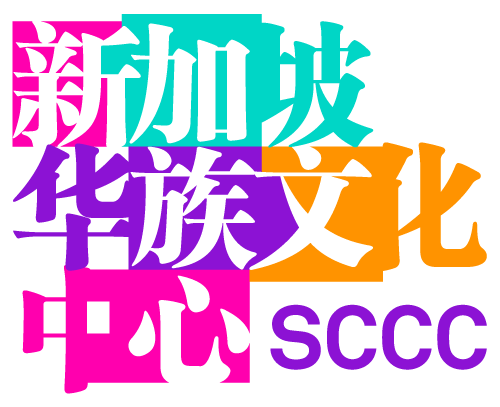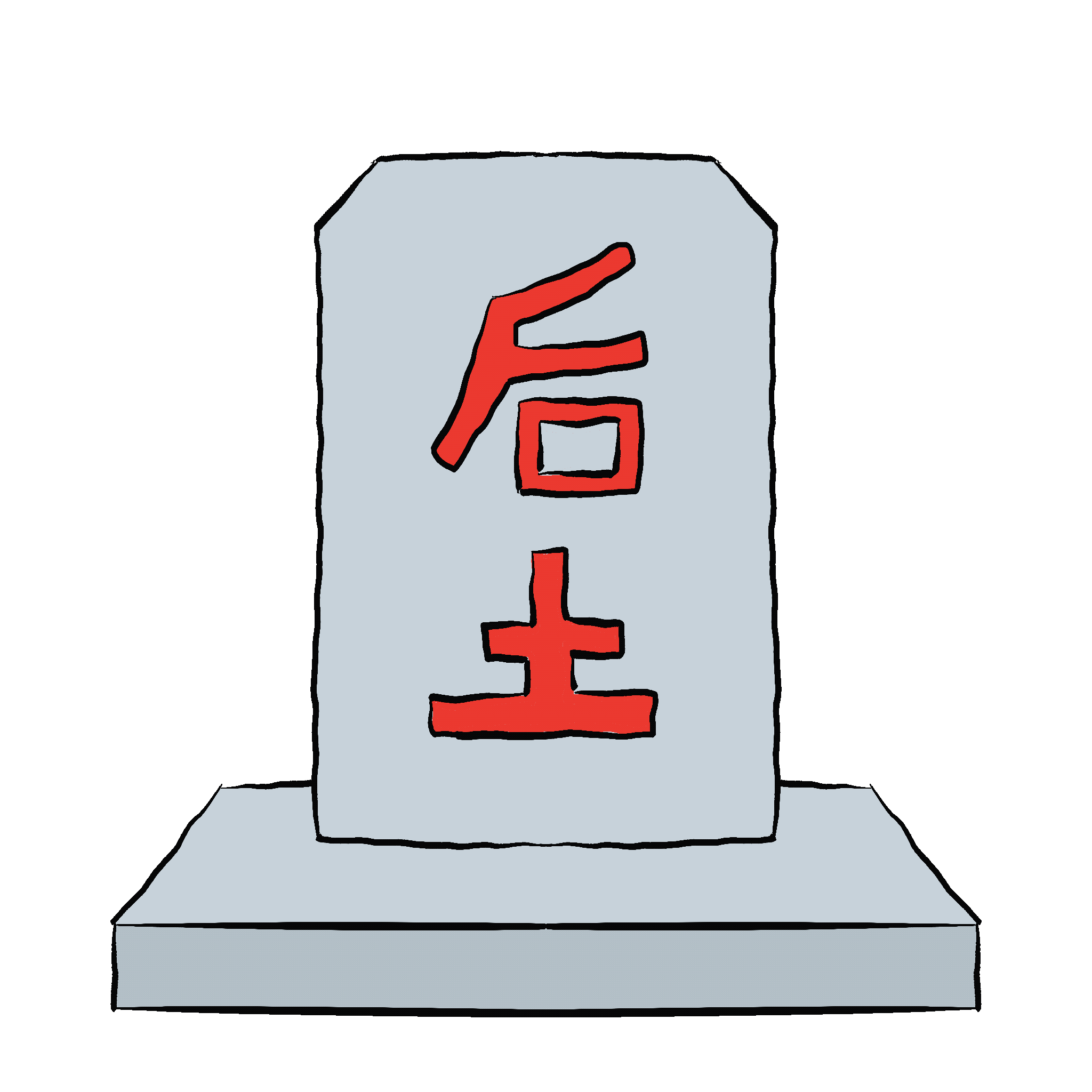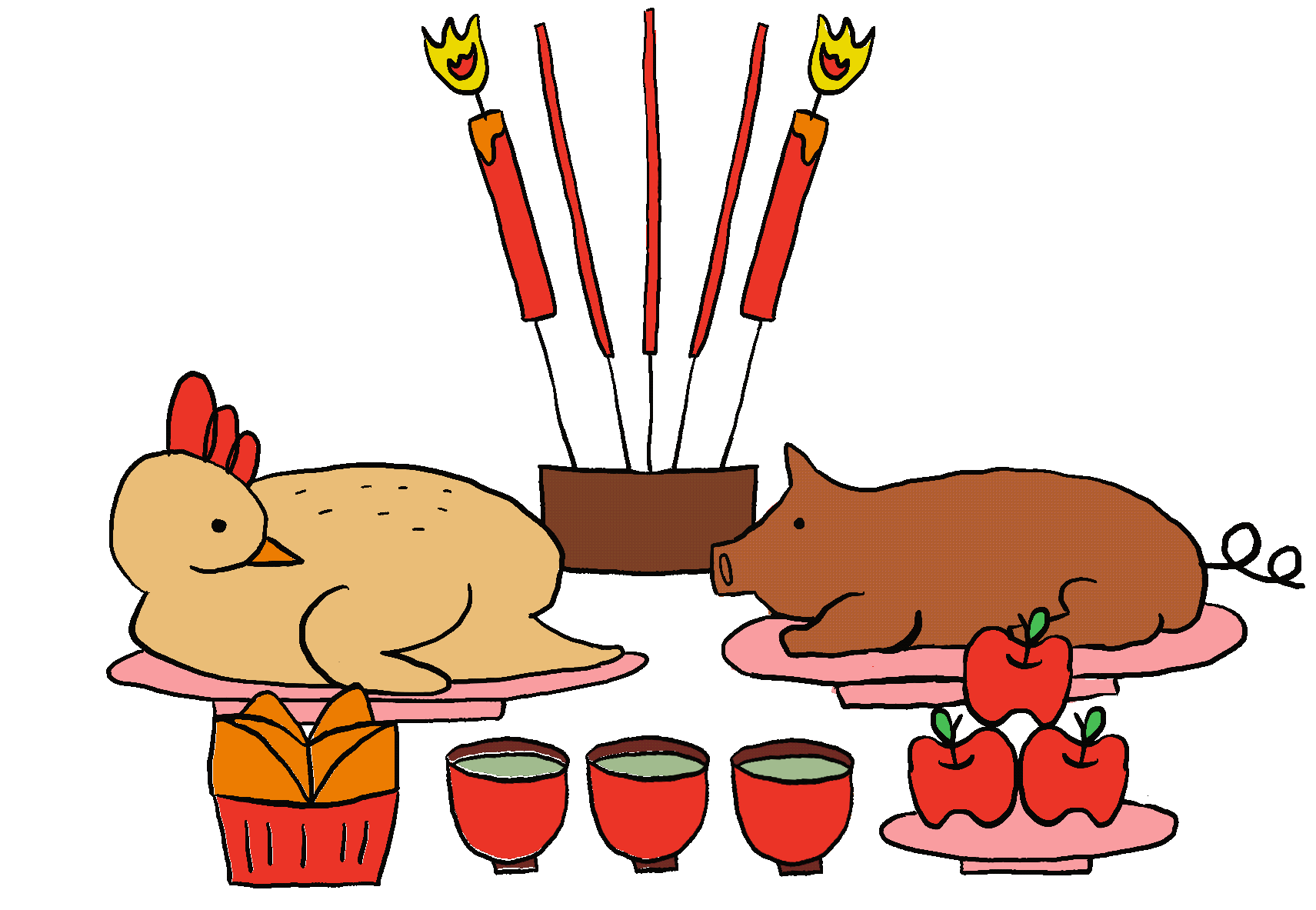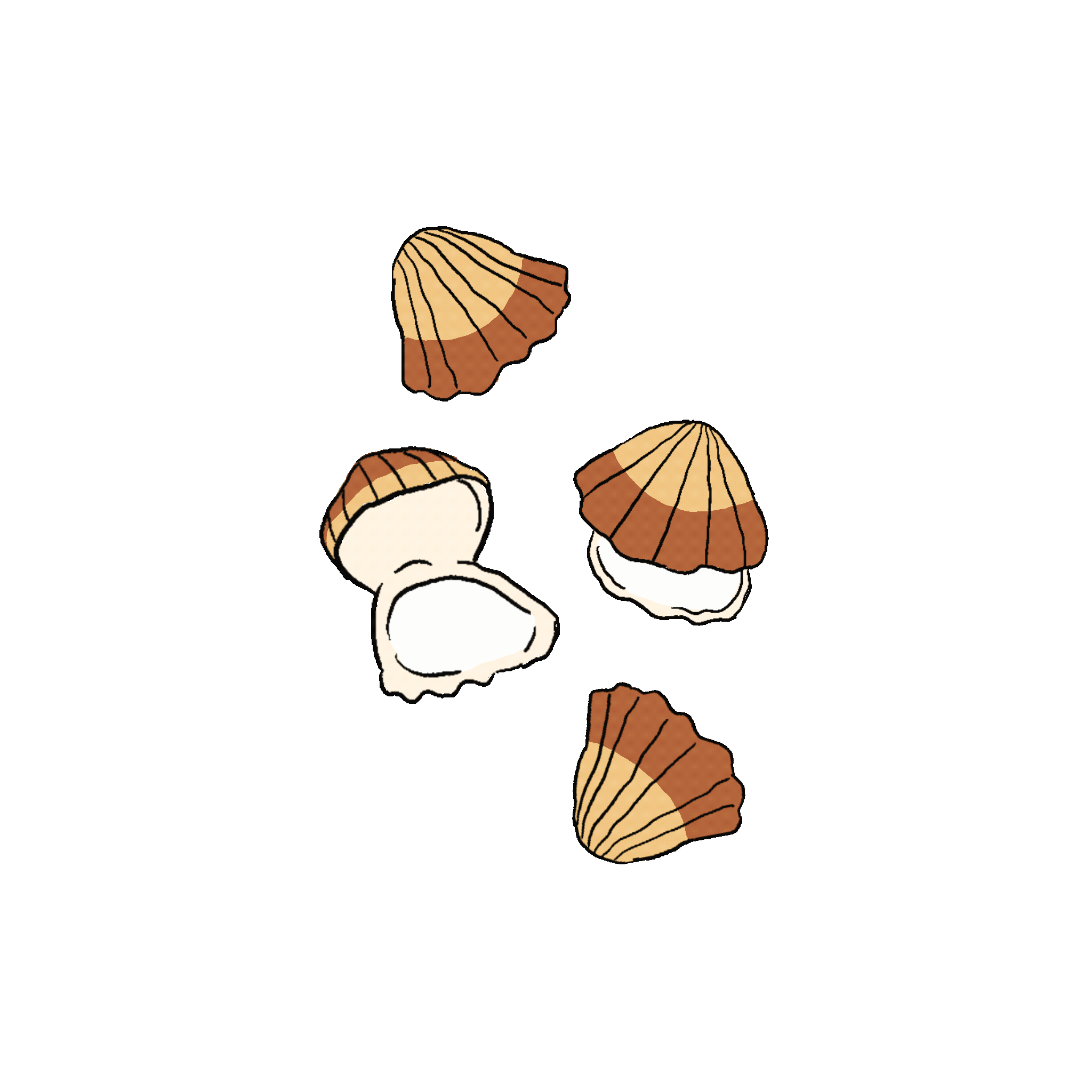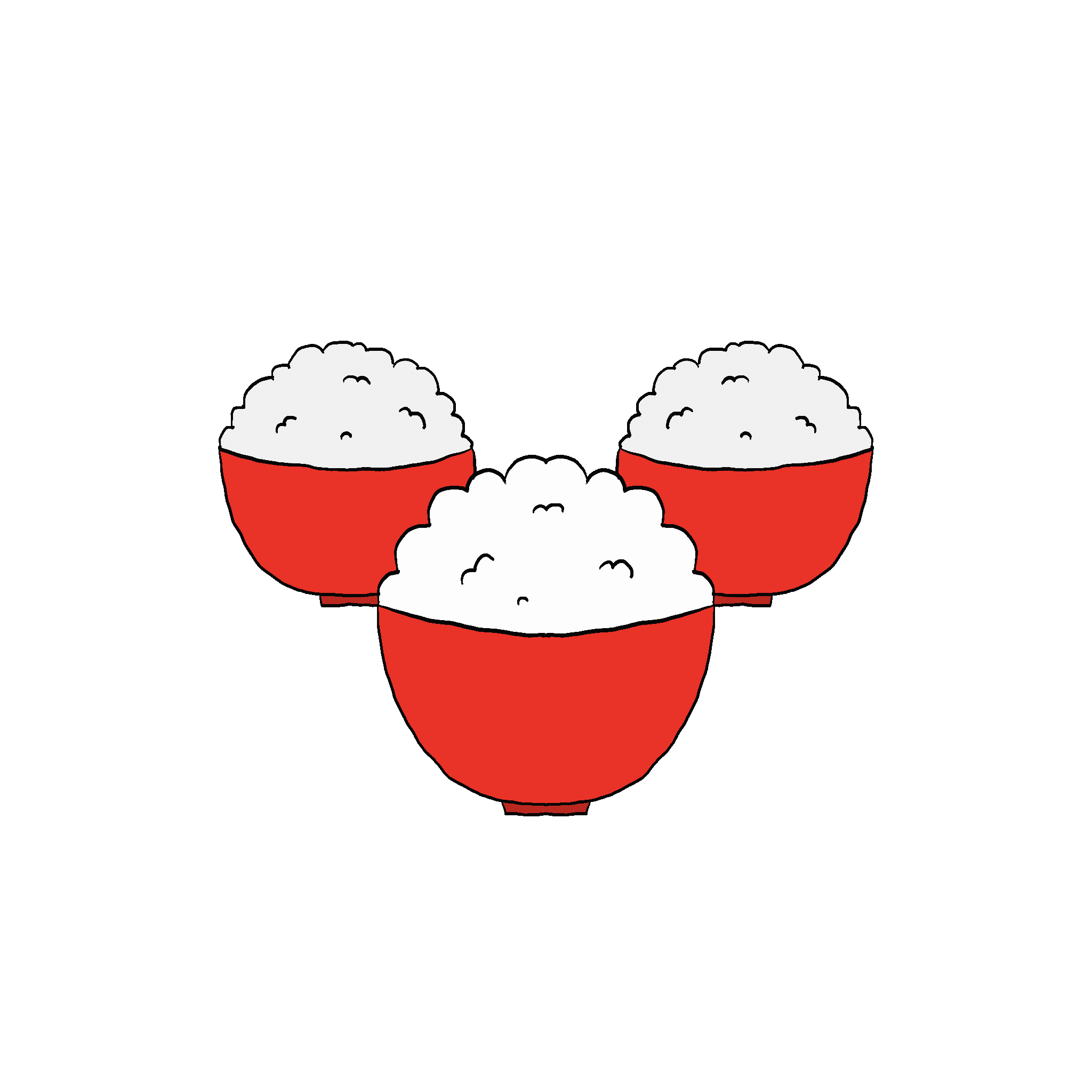Qingming Festival is commonly celebrated by Chinese people around the world. It is usually 15 days after the Spring Equinox and Chinese families come together to remember their deceased family members and close kin through ritual offerings.1
Families in Singapore visit the columbaria and temples, where ashes are kept or tablets are placed, more often than cemeteries due to the land scarcity for tomb burial. Visits like these can be done on the day of the festival, up to one or two weeks before.2
Even if you’re not religious, you may observe a moment of silence for the deceased as a sign of respect. Confused about the rituals required when commemorating your ancestors? Look at some examples of practices below!3
Info Sources:
- 1. “iPad, a Laptop for the Afterlife.”
- 2. Leon C. (2009), Through the Bamboo Window: Chinese Life & Culture in 1950s Singapore & Malaya. Singapore: Talisman Publishing Pte Ltd and Singapore Heritage Society. p. 15.
- 3. Singapore Infopedia, Qing Ming Jie (All Souls’ Day)
